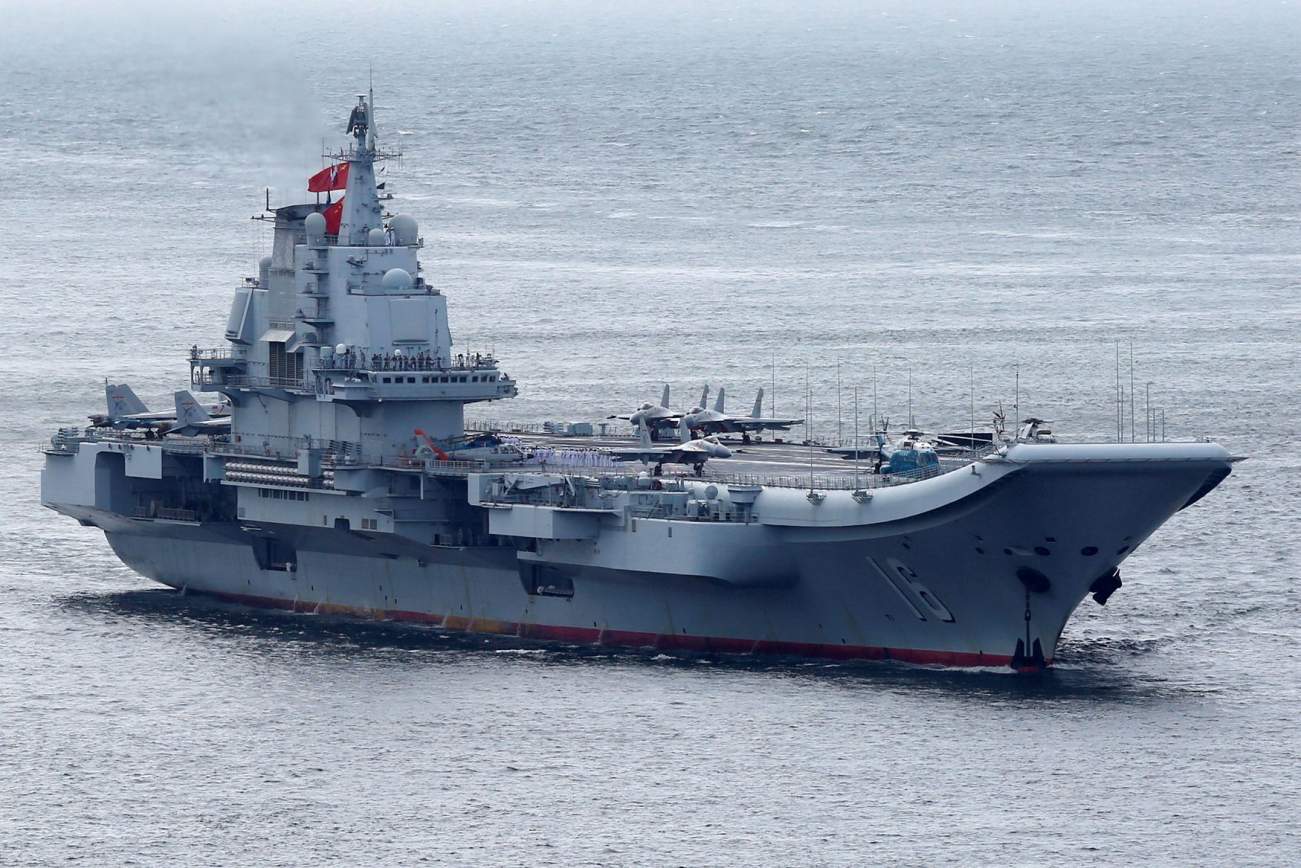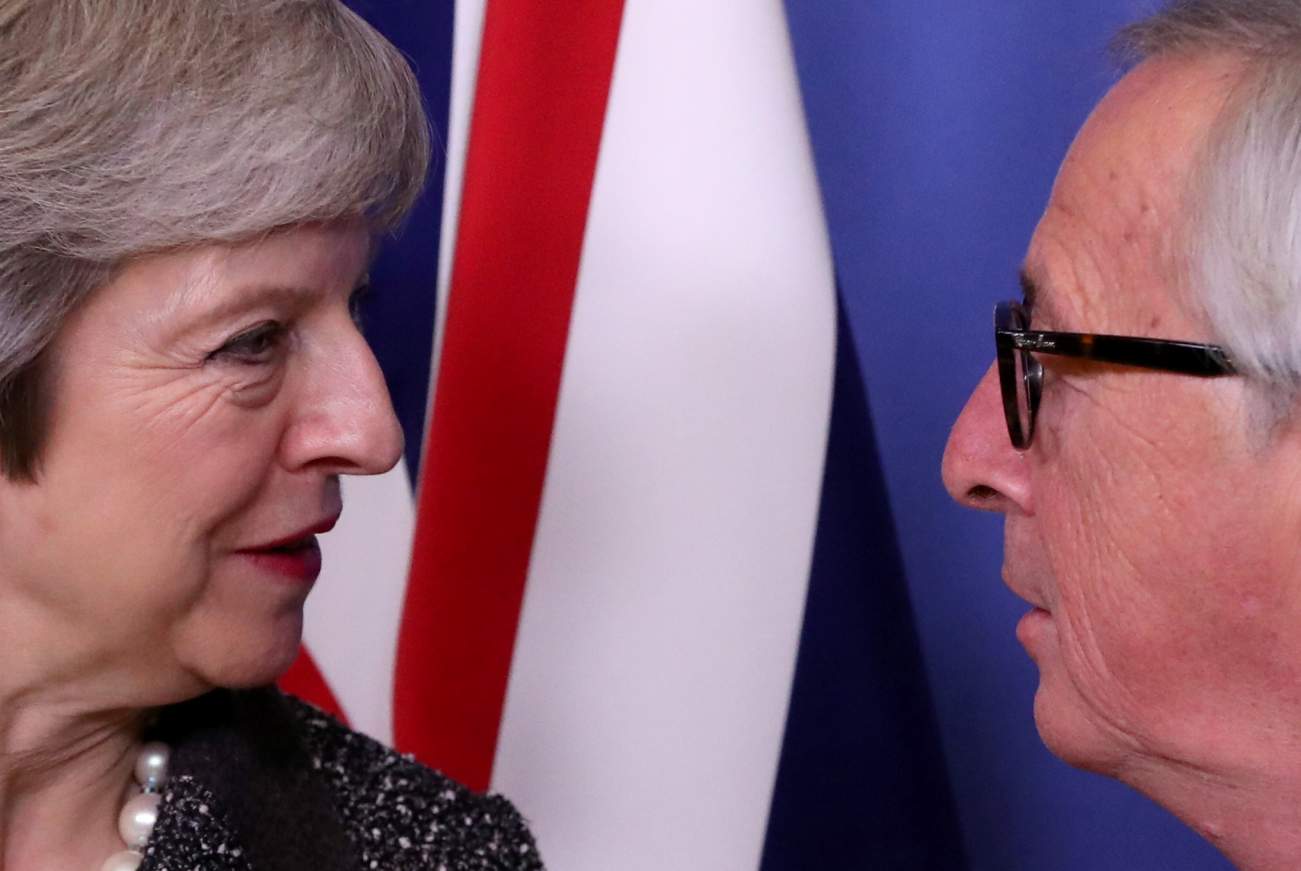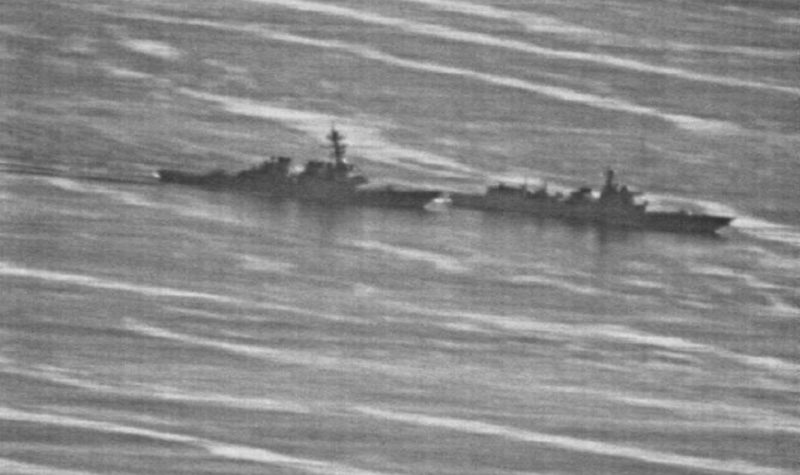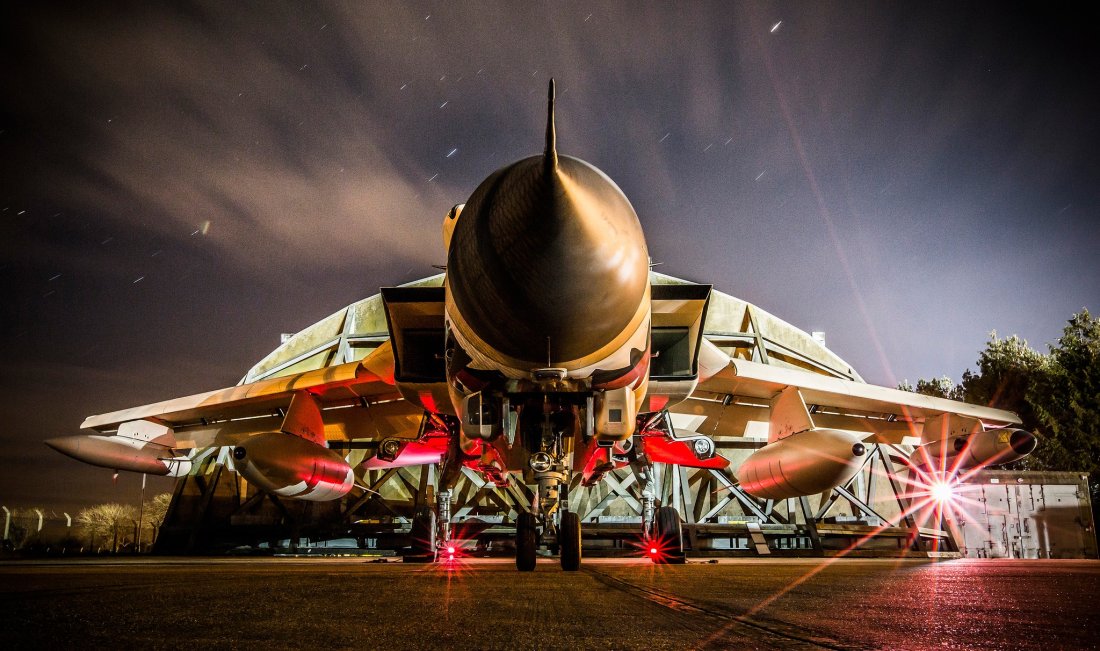Maj Gen P K Mallick, VSM (Retd)
 The professional military body differentiates between an objective nature and a subjective character of war by drawing upon Clausewitz. Nature of war describes what war is and character of war describes how it is actually fought. Nature of war is violent, interactive between opposing wills and fundamentally political. War’s character is influenced by technology, law, ethics, culture, methods of social, political, and military organization and other factors that change across time and place. Character of warfare changes in concert with the tools that become available and how they influence the ways militaries organize themselves to fight wars.
The professional military body differentiates between an objective nature and a subjective character of war by drawing upon Clausewitz. Nature of war describes what war is and character of war describes how it is actually fought. Nature of war is violent, interactive between opposing wills and fundamentally political. War’s character is influenced by technology, law, ethics, culture, methods of social, political, and military organization and other factors that change across time and place. Character of warfare changes in concert with the tools that become available and how they influence the ways militaries organize themselves to fight wars.
In his book On War, Carl von Clausewitz highlighted how failing to understand the character of war leads to disaster. He chastised Prussian generals for using the old tactics of Frederick the Great against a Napoleonic army waging a new type of warfare. They had not appreciated the changes in how war was being fought or in the character of war. Future development and deployment of human-machine teams and autonomous weapons systems represents such a shift in the character of war.





















